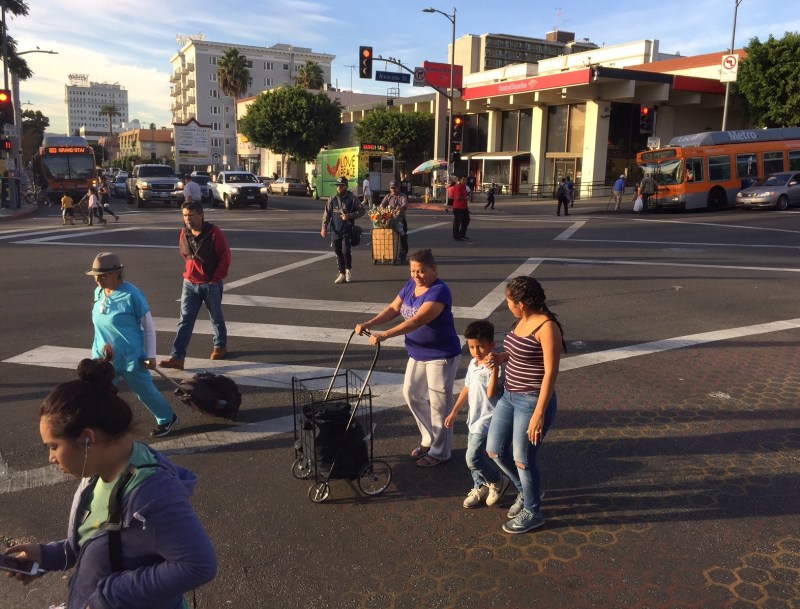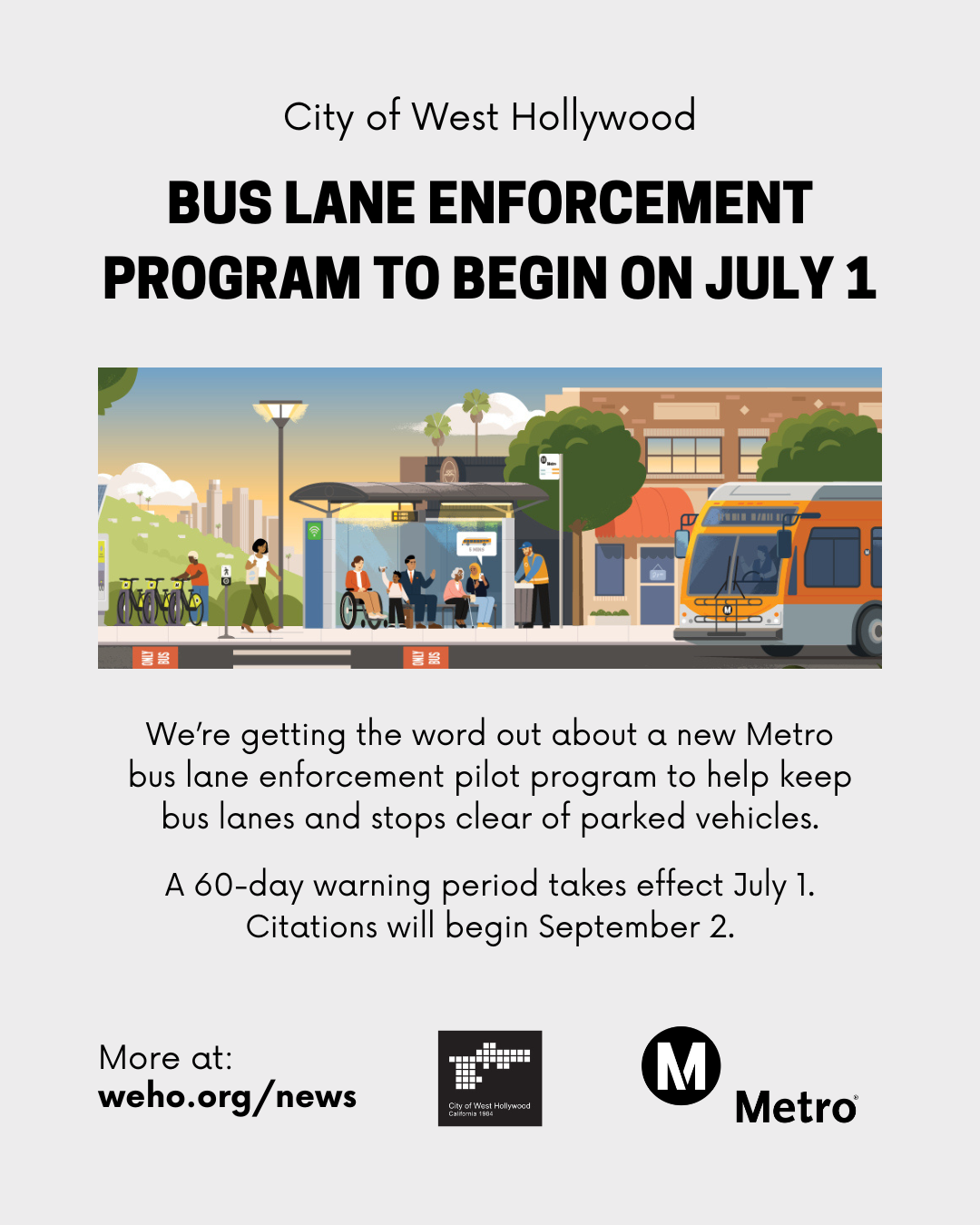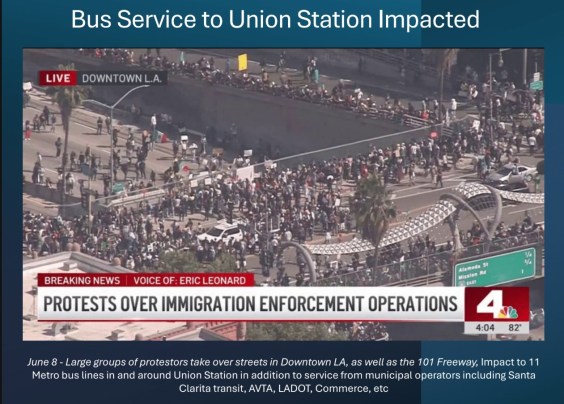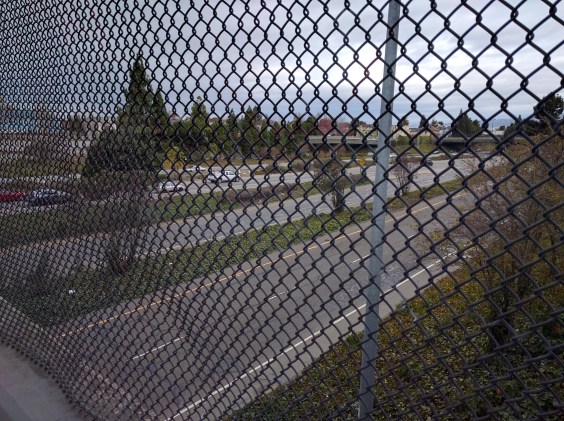Note: GJEL Accident Attorneys regularly sponsors coverage on Streetsblog San Francisco and Streetsblog California. Unless noted in the story, GJEL Accident Attorneys is not consulted for the content or editorial direction of the sponsored content.
California's Sustainable Transportation Equity Project, or STEP program, is in the process of formation. This year's STEP pilot received $22 million to fulfill requirements of several pieces of legislation focused on helping communities overcome barriers that keep them from participating in planning to reduce greenhouse gases.
The goals of STEP are to improve transportation and access for people, while reducing greenhouse gases - as required of all programs under cap-and-trade - and addressing the needs of a community, as defined by that community. It aims to help build partnerships between community members, government agencies, private companies, and technical experts to identify barriers and come up with solutions.
The plan is to fund two types of grants: $2 million will go to an as-yet-undefined number of communities to help them plan and build capacity for future projects, and $20 million will be set aside for between one and three communities to implement completed plans.
Details are still being worked out, and a list of potentially eligible projects [PDF] has not been finalized. Project eligibility varies by type of grant, but places a heavy emphasis on high quality community engagement and multiple partner agencies and organizations.
"Planning and Capacity Building" grants could potentially go to transportation needs assessments, community decision-making projects, pop-up demonstrations, mobility, equity, or traffic safety plans and feasibility studies, and building educational resources or career development programs.
Larger "Implementation" grants will fund projects that are ready to go, and which combine three separate elements: a transportation strategy, an "innovative strategy," and a "groundwork" strategy. The goal of the transportation strategy is to encourage mode shift, fill network gaps, and prioritize active transportation, transit, and shared mobility. The "innovative strategy" must work to help reduce trip length, incentivize mode shift, and encourage shared use. This includes projects like growth management plans, parking or congestion pricing, or converting space away from single-occupancy vehicles. The "groundwork strategy" includes those elements that help guarantee a successful project, such as community engagement, outreach and education about the project and how to use it, or workforce or community development to support use of the project and avoid displacement.
Eligible project types are purposely being kept broad, to allow for proposing new and innovative strategies to help communities cut their emissions and improve their transportation system without increasing single-vehicle car use. A little better defined are projects that would not be eligible, including the purchase of internal combustion engines, projects that would increase greenhouse gases, standalone vehicle rebates, roadway capacity expansion, road maintenance projects, or environmental studies that would be required by CEQA or NEPA.
There are other projects that, while not be eligible for STEP funding, are things the program wants to encourage. Heavy rail, for example, or transit oriented development could contribute to greenhouse gas reductions. But they tend to be too costly for the small amount of funding available. Instead, STEP seeks to fill gaps that could help make those types of projects more viable and better utilized.
California Air Resources Board staff stated that the idea was "to make these dollars go as far as they can, to help as many people as they can."
Even STEP's definition of "Transportation Equity" is still being worked on. Their current, draft definition, a bit long, reads:
A transportation system that provides safe, reliable, environmentally sustainable, accessible, and affordable transportation options to all, including low-income communities, communities of color, and other communities that have been disproportionately impacted by pollution and a lack of services, regardless of ability or geographic location. Transportation equity is intrinsically linked to access to economic opportunities, and occurs when communities have the power to make decisions about their transportation systems.
Urban planners have not always done a good job figuring out and incorporating community needs and desires. Even as outreach and engagement efforts have increased in California, partly to fulfill legal requirements, it hasn't always been easy to provide a forum for less loud community members to be heard. This program puts a strong emphasis on quality engagement to help create the capacity within communities to define and discuss what they want and need, to be in a better position to plan for that in the future, rather than have a transportation system imposed on them.
CARB staff have held two public work group meetings so far to fine-tune the requirements of the grants, and plan to hold two more before releasing a call for applications early next year. The next meeting will be held December 10 from 3 to 5 p.m. simultaneously in Modesto, Bakersfield, and Fresno, with a call-in option. That meeting will dive into further details on application requirements, technical assistance, scoring criteria, and evaluation. To register for the webinar, click here.
More information about the program, and other cap-and-trade funded programs, can be found here.






